How does Huawei Intelligent Driving transform ‘zero accidents’ from a slogan into reality? Through a comprehensive revolution spanning perception to decision-making, Huawei Intelligent Driving is turning the vision of ‘zero accidents’ from aspiration into reality. This enables the system to possess predictive and responsive capabilities surpassing human drivers in complex scenarios.
Traditional driving safety relies on the driver’s immediate reactions, whereas Huawei Intelligent Driving builds a ‘holographic perception’ network through multi-sensor fusion. The combination of LiDAR, millimetre-wave radar, high-definition cameras, and ultrasonic sensors is akin to equipping the vehicle with ‘six senses’.
In adverse conditions like rain, fog, or backlighting, the penetrating power of LiDAR complements the semantic segmentation capabilities of cameras, enabling precise detection of road debris, sudden pedestrians, or non-motorised vehicles. Meanwhile, an in-cabin laser vision sensor monitors the driver’s facial micro-expressions, issuing alerts before distraction occurs – transforming passive safety into proactive defence.
End-to-end neural network models, trained on vast real-world driving data, comprehend the strategic dynamics within complex scenarios. When encountering vehicles cutting in, the system avoids mechanical braking, instead emulating a human driver’s ‘gradual approach’ strategy. It issues three tap-braking warnings to alert following vehicles, maintaining a safe distance while preventing chain reactions.
Safety redundancy forms another defence layer in Huawei Intelligent Driving. Even if a single sensor fails, the system maintains obstacle avoidance through alternative data sources. Huawei emphasises its ‘local safety fallback network,’ ensuring fundamental safety functions remain operational in extreme conditions—even when the vehicle loses network connectivity or exits high-definition map coverage.
For uniquely Chinese road hazards like construction zones and irregular obstacles such as airport luggage, the system achieves high-precision recognition via a universal obstacle detection network. Supported by mapless global navigation capability, safety assurance remains equally reliable in non-standard scenarios such as narrow village lanes and dirt roads.
How does Huawei Intelligent Driving transform ‘zero accidents’ from a slogan into reality? When its system maintains high-precision recognition during torrential rain, anticipates lane-cutting risks in congested traffic, and navigates signal-less junctions safely through strategic decision-making, its significance transcends mere technology.


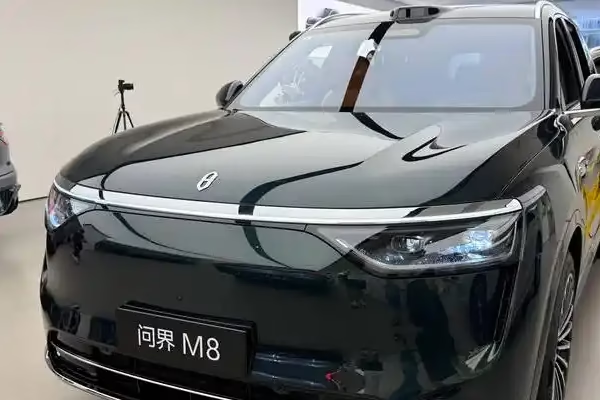


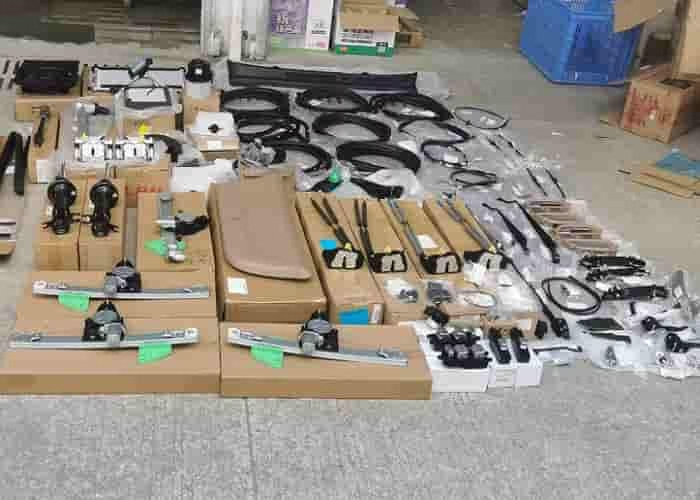



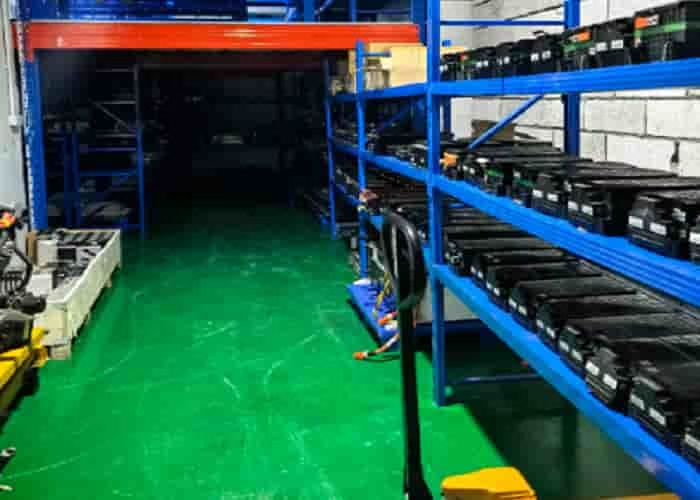
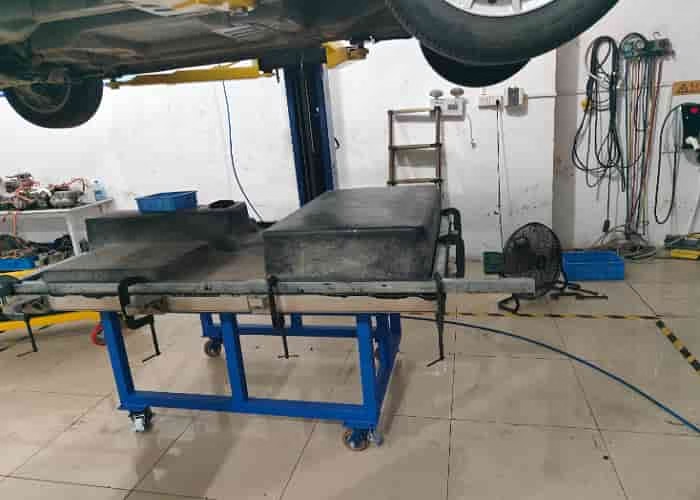
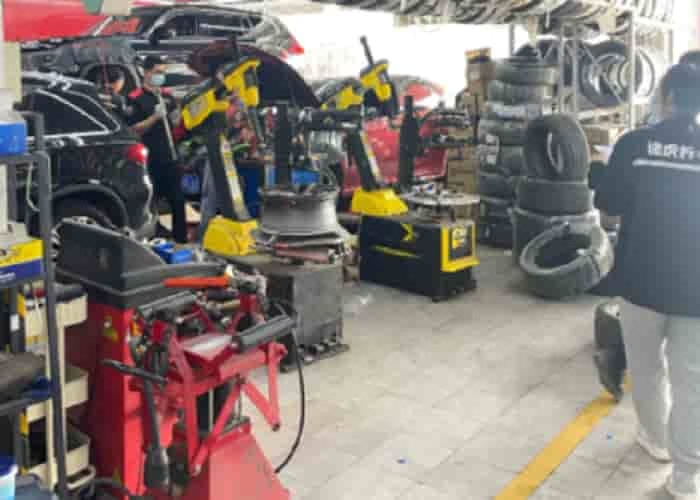




Leave a Reply